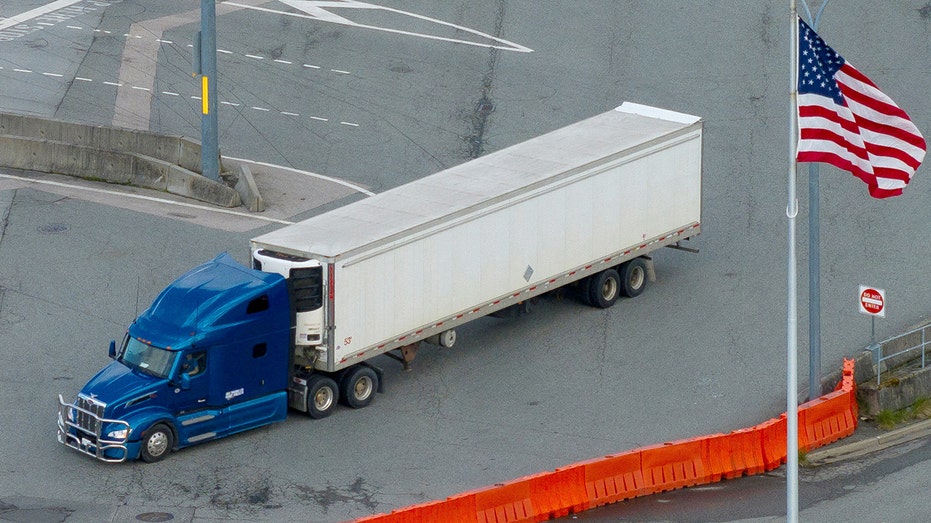Will drivers be replaced by driverless trucks by 2027?
Self-driving trucks from PlusAI could reshape freight transportation by 2027, addressing driver shortages and reducing logistics costs for businesses.

The day of self-driving trucks is becoming nearer. PlusAI's performance statistics for the first half of 2025 were disclosed, demonstrating the company's progress toward its 2027 objective of introducing factory-built autonomous trucks.
The figures are unmistakable. The safety case was 86 percent ready for launch, with a target of 100 percent. The percentage of miles driven by autonomous vehicles increased to 98%. With a goal of above 90%, the percentage of remote assistance-free journeys increased to 76%.
These metrics may sound technical, but they show that PlusAI is moving steadily toward putting driverless freight trucks on the road within two years.
Even if you never step into a truck, these results affect your daily life. Every product you buy travels by truck at some point, whether it's groceries, clothing or furniture. The way those trucks operate influences cost, availability and safety on the road.
The trucking industry faces three major challenges. There are not enough long-haul drivers to meet demand. Costs continue to rise due to labor shortages, tariffs and fuel prices. And safety is a concern because human drivers can get tired or distracted.
Autonomous trucks could help address each of these issues. PlusAI's vehicles are already hauling freight on Texas highways today, and they are also undergoing road testing in Sweden. The company has already logged more than five million autonomous miles across the United States, Europe and Asia. That real-world experience fuels the AI system with the data it needs to improve.
PlusAI has created a roadmap that sets it apart. Instead of retrofitting trucks with autonomous systems, it is working with major manufacturers like TRATON GROUP, Hyundai and IVECO to integrate the technology at the factory. This approach makes scaling production faster and ensures consistency.
The initial launch is planned for the Texas Triangle, a major freight corridor connecting Dallas, Houston, San Antonio and Austin. From there, PlusAI plans to expand into other U.S. routes and eventually Europe.
The company has also committed to publishing regular performance updates as it transitions to a public company. By sharing measurable results, PlusAI builds trust with regulators, the public, and businesses that may one day rely on its trucks to move goods.
"We have a clear roadmap to the commercial launch of SuperDrive," said David Liu, CEO and co-founder of PlusAI. "By publicly sharing these performance metrics, we are showing our commitment to safety and scalability while bringing partners, customers, and regulators along on this journey."
PlusAI still has milestones to meet. Safety readiness must rise from 86 percent to 100 percent. Remote Assistance Free Trips must surpass 90 percent. These are ambitious goals, but the progress so far suggests the company can achieve them.
Fleet trials are scheduled to begin later this year, and PlusAI continues testing in both the United States and internationally. Each step adds to the case that driverless trucks will be ready for commercial launch in 2027.
As a shopper, autonomous trucks could mean faster and more affordable deliveries. As a driver, you may soon share highways with self-driving freight haulers. As a business owner, this technology could reduce logistics costs and ease the impact of driver shortages.
In the long run, autonomous trucks are progressing from testing to practical use. Pilot programs are no longer their only option. They might be on your side sooner rather than later.
The transportation industry is rapidly evolving. Autonomous trucks could soon change how things are transported across the nation, much like ride-sharing applications changed how people travel within cities. The distinction is that this change will occur in a matter of years. The progress PlusAI reports today offers a glimpse of that future. By the end of the decade, autonomous vehicles might be a commonplace aspect of daily life if the company keeps moving in this direction.






















